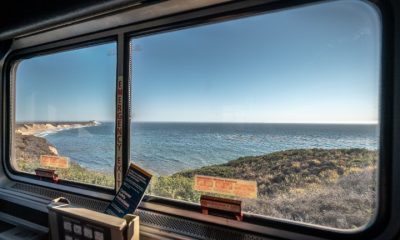
Shutterstock
The RMS Titanic is one of the most mind-boggling mysteries in history, with a story that people have obsessed over for over a century. Despite extensive research and countless theories, there are still many unanswered questions about that fateful night. From eerie premonitions to inexplicable design choices, the circumstances that led to the Titanic’s sinking continue to spark fascination. Join us as we dive into the unsolved mysteries of the Titanic and the secrets that lay beneath the waves.
The Ship’s Final SOS Signal Content
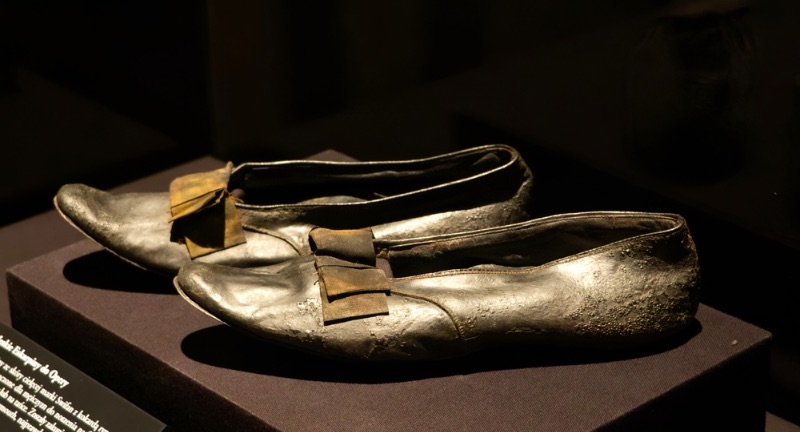
Shutterstock
As the Titanic began to sink, its crew transmitted a series of SOS signals that went unanswered for an extended period. Some messages may have reached other ships that failed to respond, adding mystery to the final hours. Speculations persist regarding whether the full messages were ever decoded or even completely transmitted. These last signals hold crucial clues that might explain the exact details and timing of the tragedy.
Why the Binoculars Were Locked Away
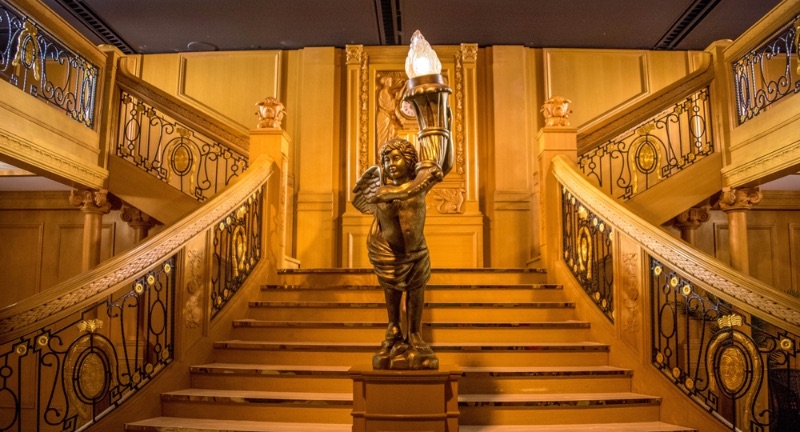
Shutterstock
Binoculars intended for the lookout were reportedly locked away in a cabinet, inaccessible during the crucial iceberg-spotting period. This peculiar oversight is often cited as a reason for the iceberg’s late detection. Strangely, the key to the cabinet was with David Blair, a former officer who left the ship last-minute. This oversight raises questions about why no backup plan was in place for such essential equipment.
Failure to Spot the Iceberg Sooner
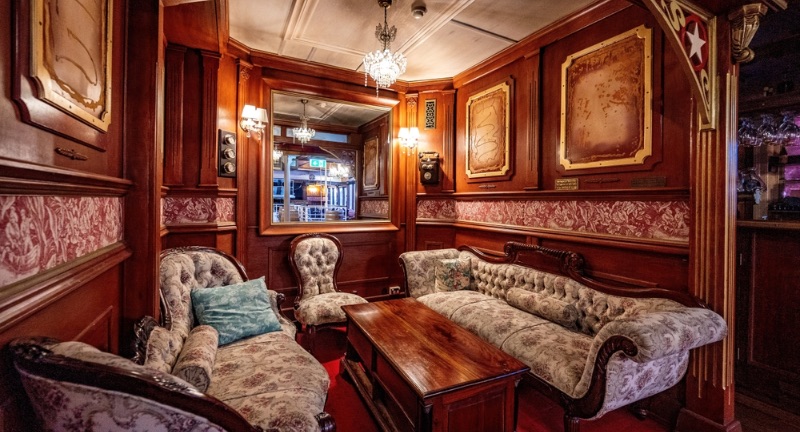
Shutterstock
The iceberg that ultimately doomed the Titanic wasn’t detected until it was too late, even though visibility was reportedly good. Lookouts reported that they didn’t see it until it was dangerously close, despite calm weather and clear skies. This delayed sighting is often questioned, given the ship’s high-tech equipment for its time. Some historians wonder if conditions or human error were factors in the oversight.
Missing Key from Binocular Box

Shutterstock
The key needed to access the binoculars used by the lookouts was missing, supposedly taken by an officer reassigned last minute. Without binoculars, lookouts faced an increased challenge in spotting threats like icebergs. Some argue that this missing key was one of the primary reasons the iceberg went undetected until the last moments. Its absence and the failure to secure backup keys are still heavily debated aspects of the disaster.
The Ship’s Mysterious Fire in the Coal Bunker
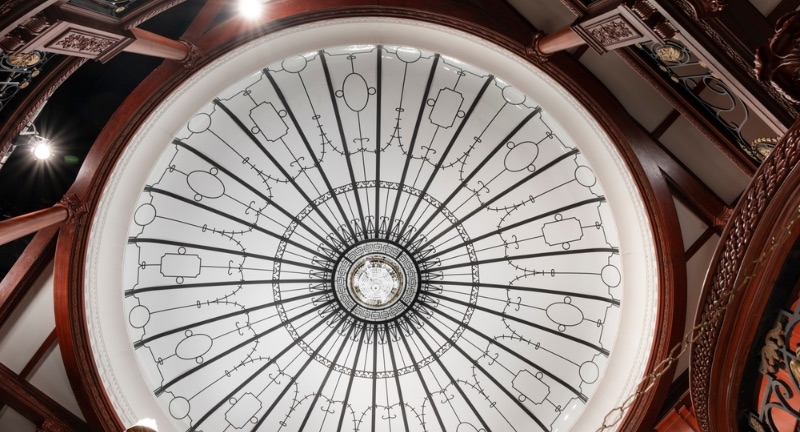
Shutterstock
A coal fire reportedly burned in the ship’s bunkers even before the Titanic set sail, a fact that remains contentious among historians. Some theories suggest the fire weakened the hull, which might have worsened the iceberg collision. The fire’s existence was downplayed by the crew, raising suspicions about whether safety protocols were bypassed to keep the schedule. This fire mystery suggests that Titanic’s maiden voyage may have been compromised from the start.
The Role of Captain Smith’s Actions

Shutterstock
Captain Edward Smith’s decisions and behavior during the Titanic’s voyage have sparked numerous questions. His reputation as a seasoned captain didn’t align with his handling of Titanic’s final hours. Some reports suggest that he failed to act quickly enough when reports of the iceberg were received. Captain Smith’s decisions, or lack thereof, remain a mystery that continues to fuel debates about his responsibility in the disaster.
The Strange Calmness Among Passengers
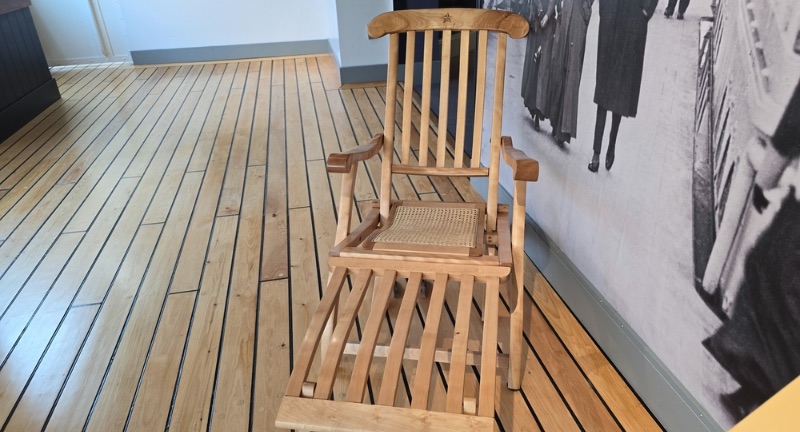
Shutterstock
Despite the grave circumstances, reports indicate that many passengers remained calm and even refused to leave the Titanic. Some speculate that this calmness resulted from misinformation, as the crew downplayed the danger. This strange calm is often cited as a reason for the delayed lifeboat boarding process. The behavior of the passengers has been widely studied, as it seems inconsistent with the chaos one might expect in such an emergency.
Odd Premonitions from Passengers
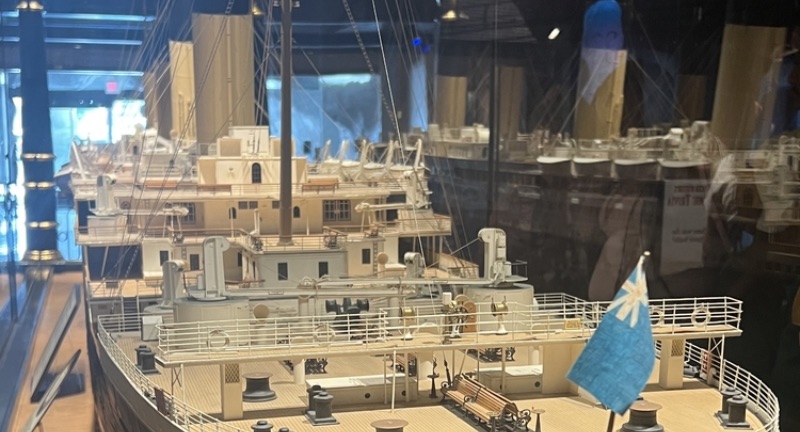
Shutterstock
Several Titanic passengers reportedly had eerie premonitions of disaster before setting sail, leading some to cancel their tickets. A few notable passengers shared unsettling dreams or feelings about impending doom that later turned true. This phenomenon has intrigued researchers, as the sheer number of such premonitions seems beyond coincidence. These tales add a supernatural layer to the tragic narrative of the Titanic.
Second Officer Lightoller’s Testimony Discrepancies
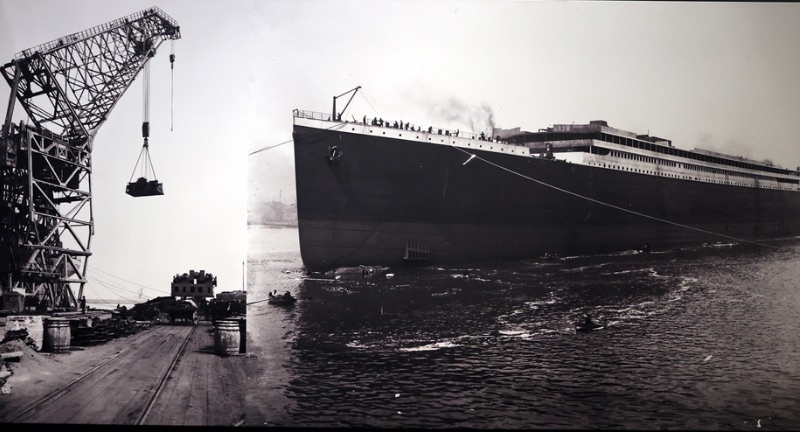
Shutterstock
Second Officer Charles Lightoller’s testimony following the Titanic’s sinking has raised suspicions due to inconsistencies. In official inquiries, his statements appeared to shift, leading to confusion about what truly happened. Some argue that he may have altered his account to protect himself or White Star Line. These discrepancies have fueled conspiracy theories and debates about the real story behind Titanic’s final hours.
Failure to Fill Lifeboats to Capacity
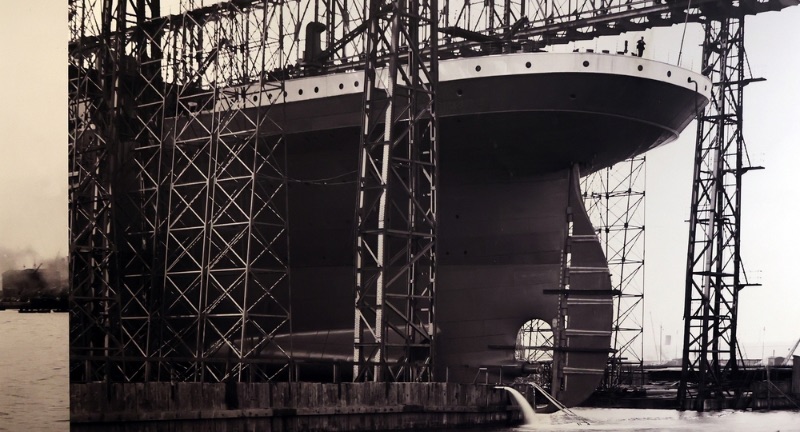
Shutterstock
Many lifeboats were launched far below capacity, despite the ship’s urgent situation. This failure to maximize lifeboat use likely contributed to the high casualty rate. Some passengers reportedly resisted boarding, while crew members seemed untrained on lifeboat protocols. This oversight, coupled with other organizational failures, has been a focal point in understanding the loss of so many lives.
The Californian’s Strange Inactivity
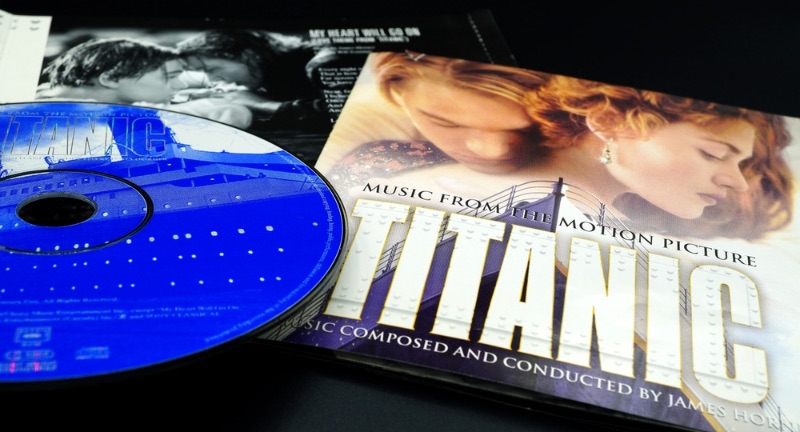
Shutterstock
The SS Californian, a nearby ship, failed to respond to Titanic’s distress signals, a mystery that remains controversial. The Californian’s captain claimed not to see Titanic’s distress rockets, despite being close enough to potentially rescue passengers. This inactivity has led to theories of miscommunication or negligence on the Californian’s part. The ship’s inaction during the Titanic’s sinking is still a heavily debated issue in maritime history.
Radio Operator Jack Phillips’ Actions
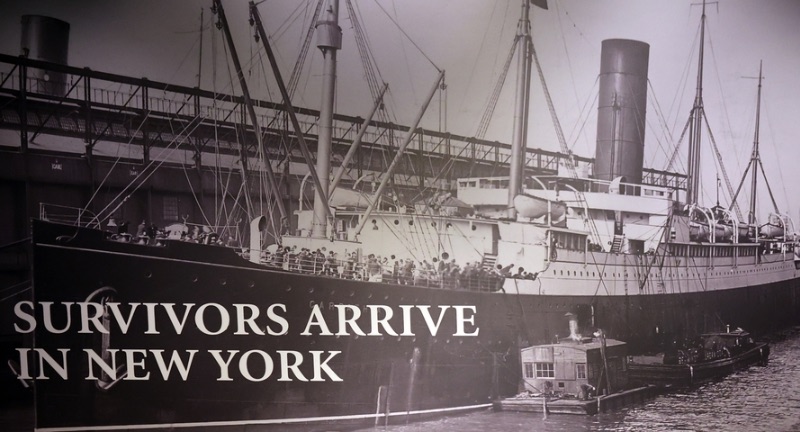
Shutterstock
Jack Phillips, one of Titanic’s radio operators, reportedly prioritized sending personal messages over relaying distress calls initially. His decisions during the critical minutes before the sinking have led to much debate. Some survivors even reported hearing him reprimand ships attempting to warn Titanic about icebergs. Phillips’ role remains contentious, with historians questioning his commitment to passenger safety in those final moments.
Positioning Errors in the Ship’s Distress Signals
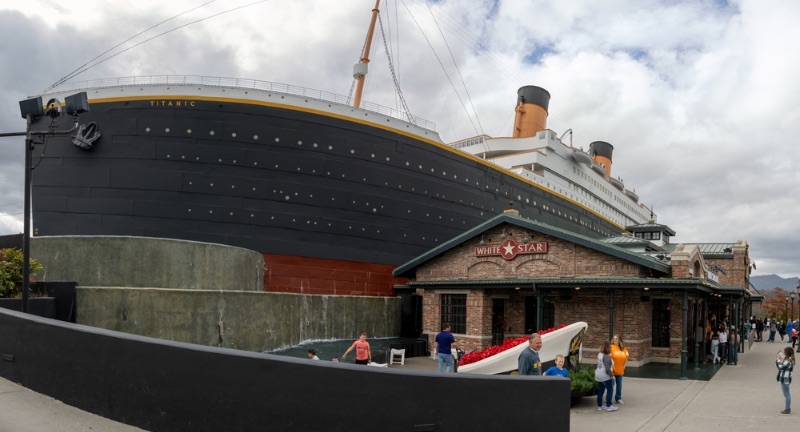
Shutterstock
The Titanic’s distress signals reportedly provided inaccurate coordinates, complicating rescue efforts. Whether this error stemmed from confusion during the panic or faulty equipment is still debated. Misreported positions likely delayed the arrival of potential rescuers, such as the Carpathia. This miscalculation is one of the many debated aspects of the Titanic’s tragic timeline.
Sudden Steering Maneuver Orders
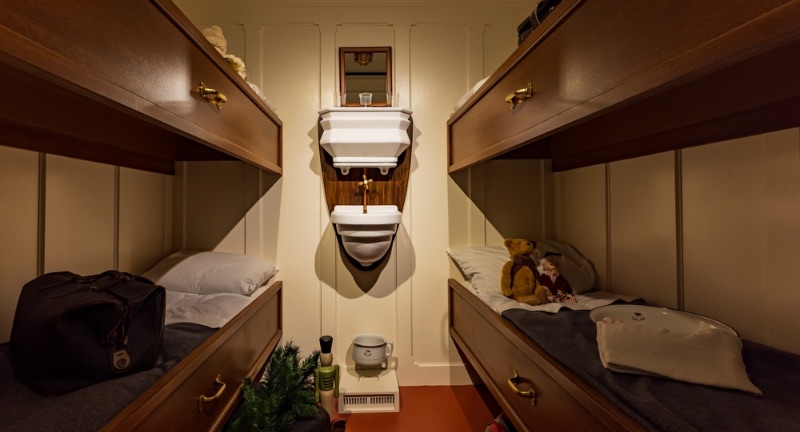
Shutterstock
Orders to turn the Titanic sharply upon sighting the iceberg have sparked speculation about whether this maneuver contributed to the disaster. Some experts argue that a head-on collision would have caused less damage than the side scrape. There are also questions about why orders weren’t issued to immediately stop or reverse engines. These decisions have been closely analyzed, suggesting that alternative actions might have changed Titanic’s fate.
The True Speed at Which Titanic Traveled
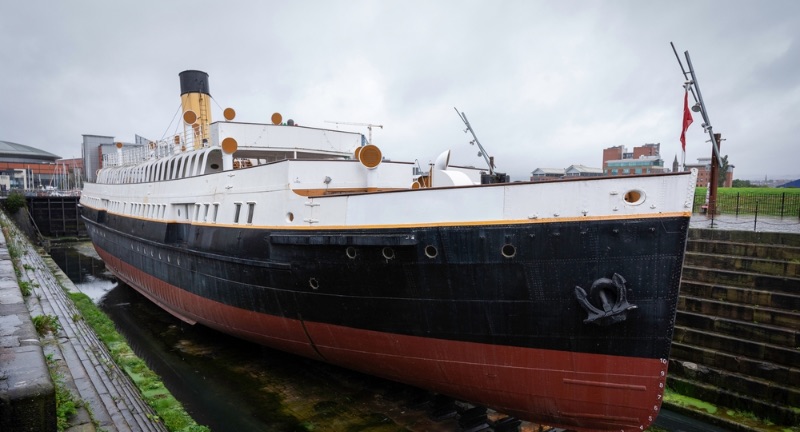
Shutterstock
Controversy surrounds the Titanic’s speed during the final hours, with reports suggesting it was traveling close to its maximum capacity. Some crew members claimed the ship was ordered to maintain high speeds despite warnings of icebergs. This high-speed decision has been attributed to pressure on Captain Smith to reach New York ahead of schedule. This theory suggests that prioritizing speed over caution might have led to the fatal collision.
Events Leading to the Boiler Room Flooding
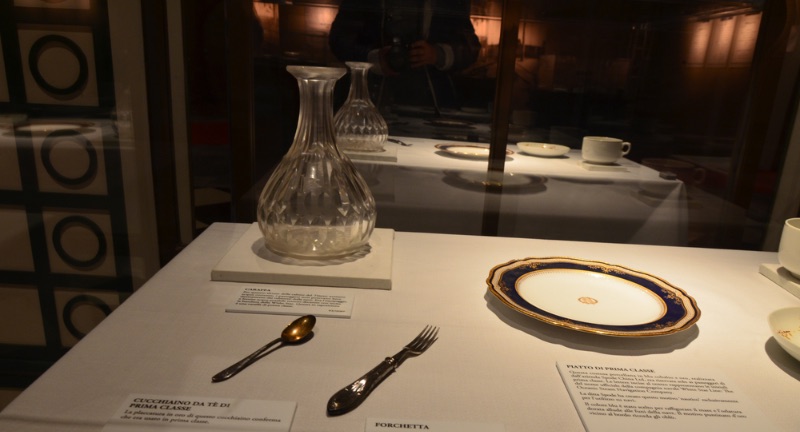
Shutterstock
The Titanic’s boiler rooms began flooding almost immediately after the iceberg strike, with water rushing in at an alarming rate. Despite engineers’ efforts to keep water out, the breach quickly spread. This rapid flooding has raised questions about the integrity of the bulkheads and ship design. The speed and extent of flooding in the boiler rooms remain puzzling aspects of the ship’s sinking process.
Existence of Structural Flaws in the Hull
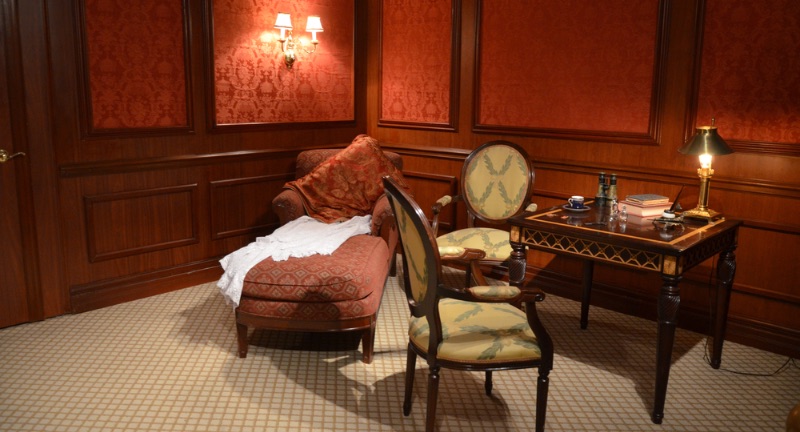
Shutterstock
Debates continue over whether the Titanic’s hull contained structural flaws that contributed to its rapid sinking. Some historians suggest that brittle materials or poor-quality rivets may have worsened the damage. The choice of materials and construction techniques has been analyzed to determine if the hull’s integrity was compromised. This theory implies that Titanic’s construction played a role in its vulnerability to the iceberg.
Alleged Sightings of Mystery Ship Near Titanic
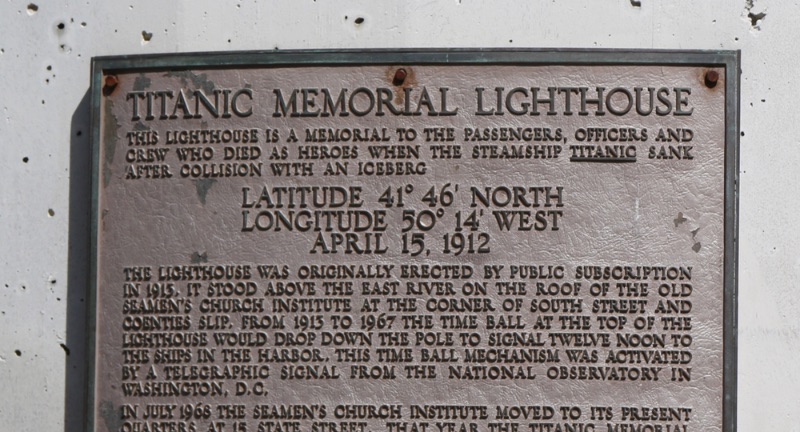
Shutterstock
Witnesses claimed to have seen a mysterious ship near Titanic during its sinking, which some say failed to respond to distress rockets. Known as the “phantom ship,” it reportedly lingered nearby without assisting. Whether this was the Californian or another ship remains a subject of debate. This alleged ship’s failure to intervene adds a puzzling element to the disaster.
The Question of a Double Hull Absence

Shutterstock
Titanic lacked a double hull, a feature that could have provided additional protection against breaches. Many question why White Star Line opted for a single hull when double hulls were known to improve ship safety. This design decision has been scrutinized as a potential cost-cutting measure. The absence of a double hull is often cited as a contributing factor to the ship’s rapid sinking.
Mysterious Time Delays in Lifeboat Launching
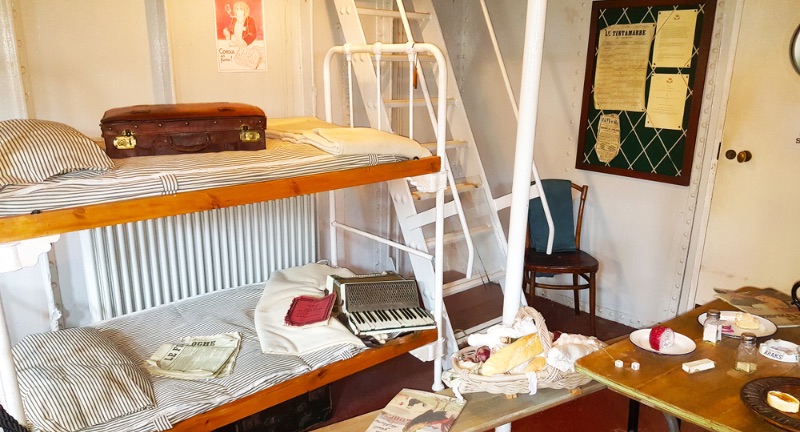
Shutterstock
The Titanic’s crew reportedly took long intervals between launching lifeboats, despite the urgent need to evacuate. These delays remain unexplained, especially as some lifeboats left only partially full. Some believe crew members were untrained or unsure of evacuation procedures, leading to hesitation. These time gaps contributed to fewer passengers reaching lifeboats safely.
Different Accounts of the Sinking Sequence

Shutterstock
Survivors’ accounts of how the Titanic sank vary, with some describing a split, while others remember a slower descent. This inconsistency has led to debates about whether the ship broke apart before or after submerging. The differing testimonies have complicated reconstructions of Titanic’s final moments. The question of whether the ship broke in two remains a central mystery among Titanic researchers.
Sudden Lurching Before Titanic Broke Apart
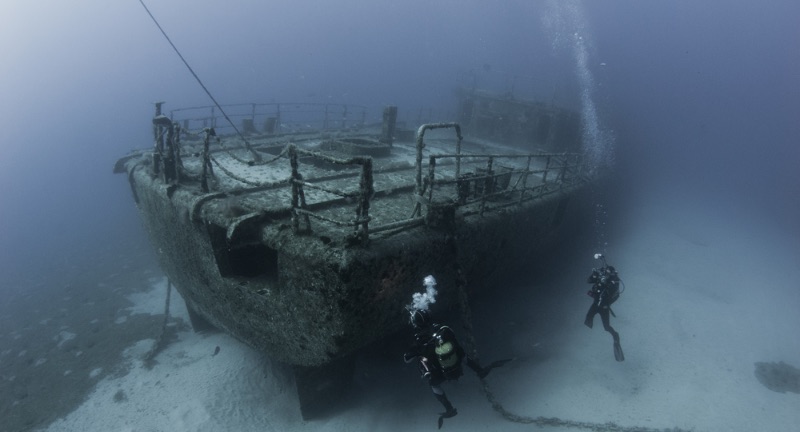
Shutterstock
Witnesses described a sudden lurch before the Titanic broke apart, which some experts believe was caused by the shifting weight of the water. This unexpected motion surprised many passengers and crew. Theories vary on whether this lurch was due to structural weaknesses or simply the natural process of sinking. The exact cause of this lurch remains unexplained, adding mystery to the sinking dynamics.
Prophecies in the Novel *Futility*
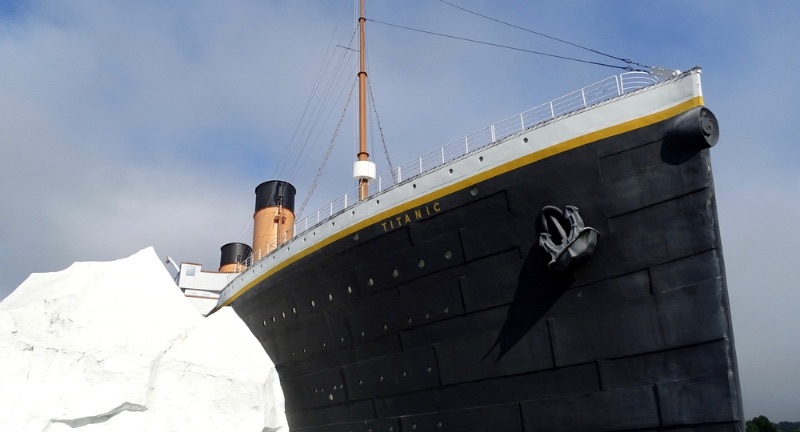
Shutterstock
The novel *Futility*, written 14 years before Titanic’s sinking, uncannily predicted a ship named Titan hitting an iceberg and sinking. The similarities in the fictional account and Titanic’s tragedy have led to speculation about eerie foresight. This remarkable coincidence has sparked conspiracy theories and debates on predestination. The novel continues to intrigue those studying the Titanic’s history and legend.
The Issue with Rivet Materials and Weaknesses
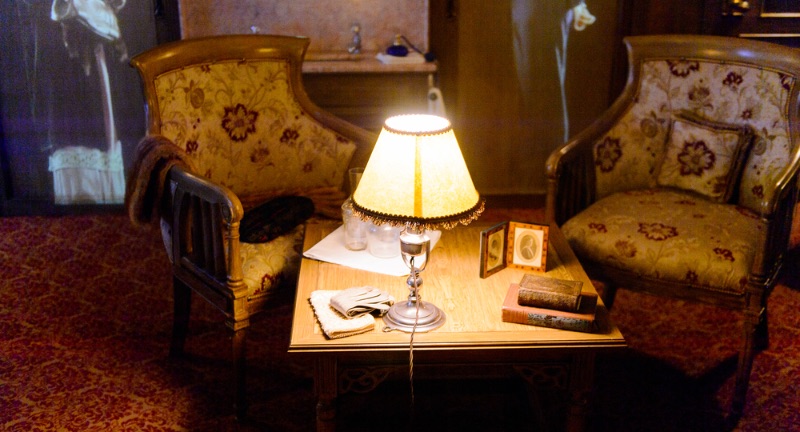
Shutterstock
The Titanic’s rivets were reportedly made from substandard iron, which may have contributed to the hull’s rapid deterioration. Analysis has shown that certain rivet materials could have been prone to brittleness under icy temperatures. If true, this structural flaw would have significantly worsened the iceberg’s impact. The quality of the rivets remains a point of contention among historians and engineers alike.
Reports of Unusual Sounds Before Impact
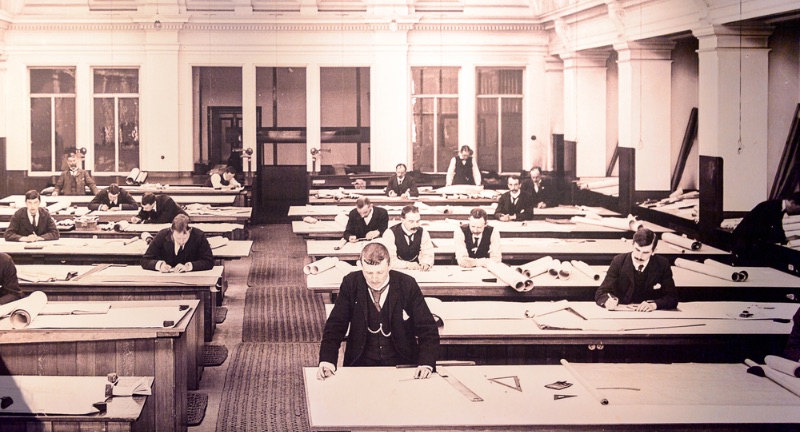
Shutterstock
Some survivors reported hearing strange sounds, like grinding or cracking noises, just before Titanic hit the iceberg. These unusual sounds have led to theories that structural weaknesses were already manifesting. Others suggest that these sounds were early warnings ignored by those onboard. This mystery adds yet another layer of speculation regarding the conditions prior to impact.
Alleged Cover-Ups by White Star Line
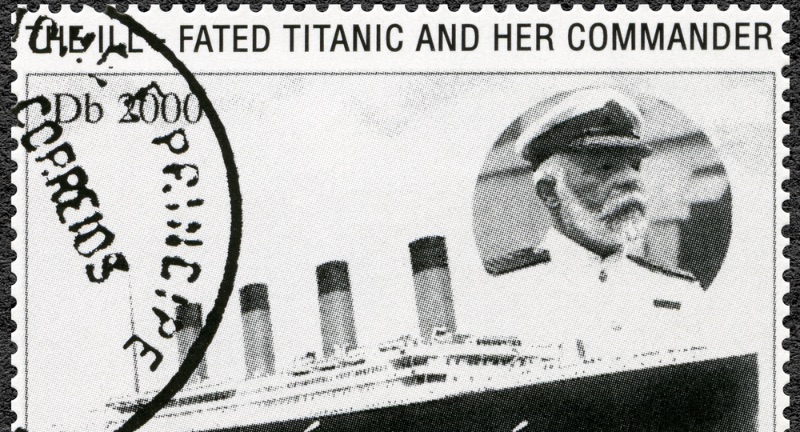
Shutterstock
Rumors persist that White Star Line, Titanic’s owner, attempted to cover up faults in the ship’s design and disaster handling. Some claim company representatives pressured survivors to change their testimonies. Additionally, it’s alleged that the company influenced official inquiries to downplay liability. These alleged cover-ups have fueled numerous conspiracy theories about what truly happened on Titanic.
The Fate of Titanic’s Valuable Cargo
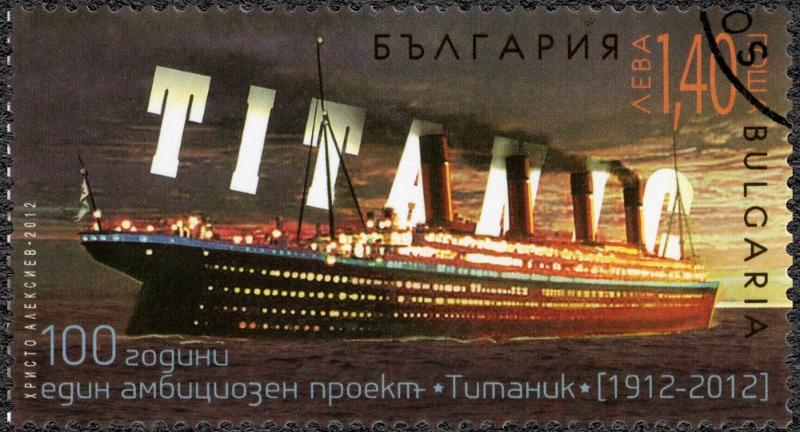
Shutterstock
The Titanic carried valuable cargo, including jewels, mail, and other items that sank with the ship. While some treasures were later recovered, much of the cargo remains on the ocean floor. The exact contents and value of the lost items are still unknown, sparking curiosity among treasure hunters. The search for Titanic’s valuable cargo continues to fascinate and inspire exploration.
Conclusion
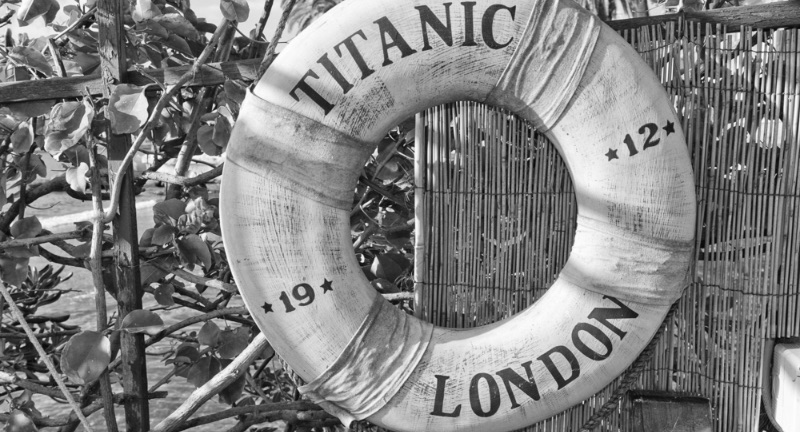
Shutterstock
The Titanic’s story is not only a tragic loss but also a symbol of human ambition. As new discoveries are made, each clue adds to the story of the Titanic. The mysteries remind us of the Titanic’s legacy and the countless lives and families affected by its fate. The Titanic’s memory lives on, encouraging exploration into the secrets still hidden under the waves.

 News2 months ago
News2 months ago
 Lifestyle3 months ago
Lifestyle3 months ago
 Entertainment3 days ago
Entertainment3 days ago
 Entertainment3 days ago
Entertainment3 days ago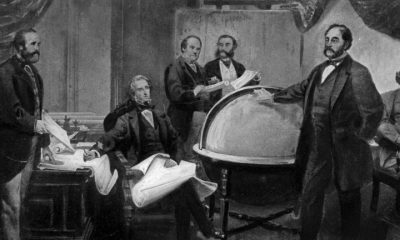
 Lifestyle2 months ago
Lifestyle2 months ago
 News2 months ago
News2 months ago
 Lifestyle2 months ago
Lifestyle2 months ago
 Lifestyle2 months ago
Lifestyle2 months ago
































